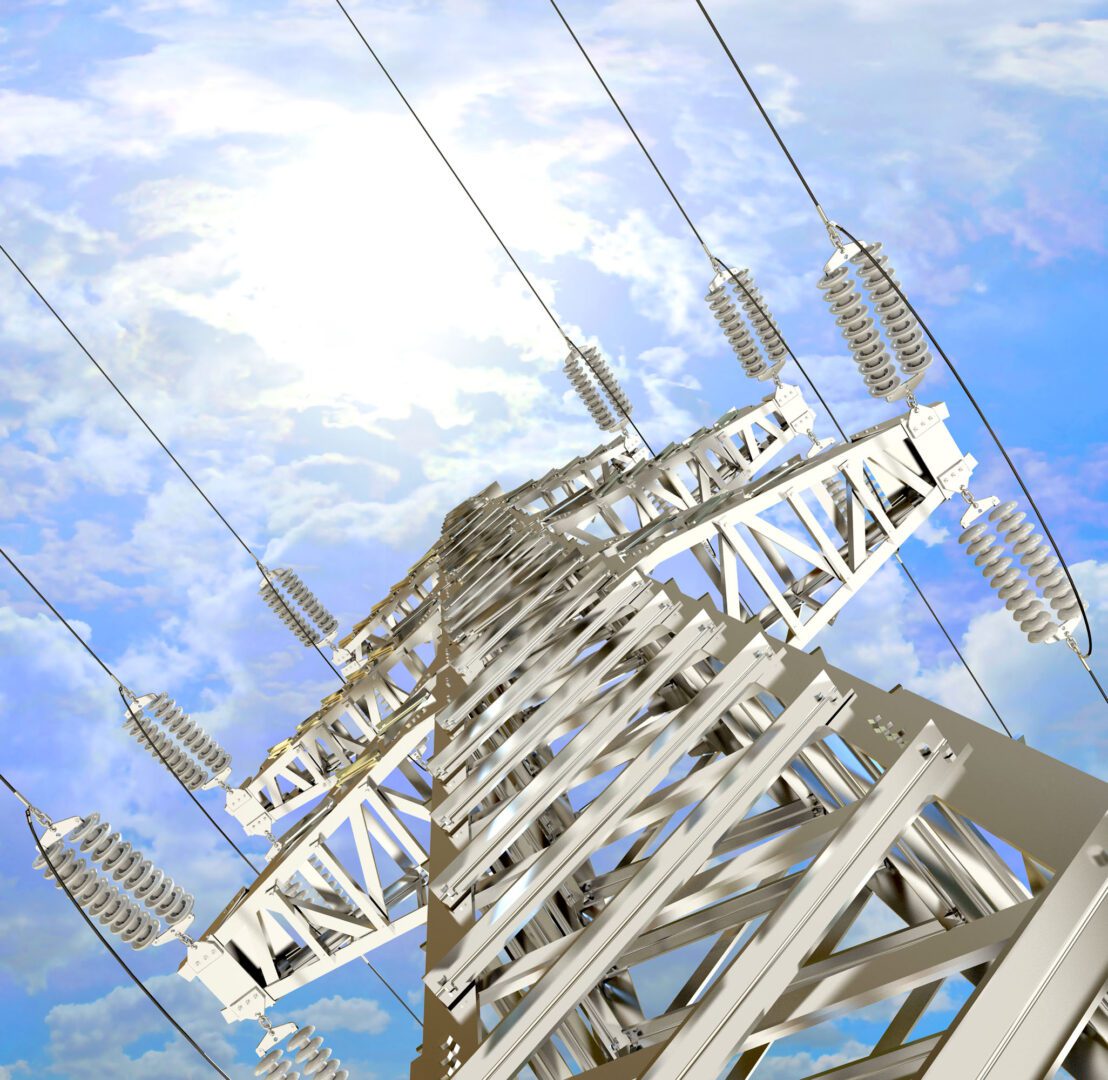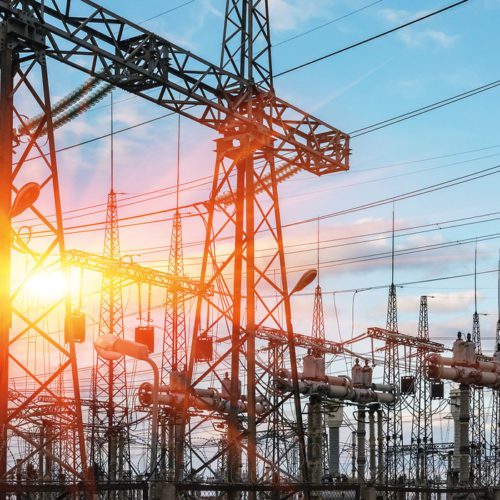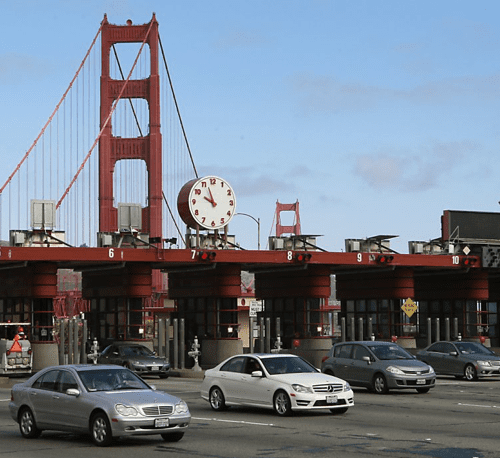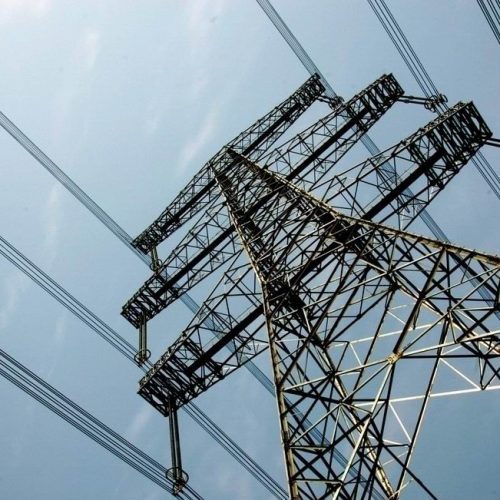The Best Ideas from COP30, the UN Climate Summit in Brazil – 18 December 2025
The Clean Coalition was a partner organization for this webinar, which took place on 18 December 2025 at 10am.
Read More
Wasteful electricity transmission spending is hurting California communities. Our reforms will fix this.
You don’t need to have deep knowledge of the electricity system to understand the issue with TAC — and how we can fix it.
What’s wrong with TAC
Why this hurts California
How we can fix TAC
Read our draft TAC legislation (2022)
Our fix is supported by a growing list of 85+ organizations, including CALSSA, Sunrun, Vote Solar, Sierra Club California, The Climate Center, various 350 groups, Microgrid Resources Coalition, California Alliance for Community Energy — and many more.

Today, Transmission Access Charges create a massive market distortion that could cost Californians billions of dollars in unneeded electricity transmission spending.
If we don’t fix this problem, soon it could cost more to deliver energy than to generate it. This will only worsen as California transitions to more clean energy, electric vehicles, and building electrification.

Data source: US Energy Information Administration

Paying a toll doesn’t make sense if you don’t cross the bridge, but this is how we are charged for electricity transmission infrastructure in much of California. Currently, all ratepayers pay the same charge for “using” the transmission system, whether or not the energy they use travels across that system.
This inherent inequity has huge consequences for ratepayers, because it causes community choice aggregators (CCAs) and investor-owned utilities (IOUs) to ignore the transmission costs when they buy energy for customers — so they often end up buying energy from distant sources that require billions of dollars of transmission wires to reach customers. The more utilities buy remotely generated energy, the more transmission infrastructure has to be built to deliver it, needlessly driving up California’s energy bills. In other words, utilities buy energy that’s cheaper for them, but more expensive for all of us.
Unlike remotely generated electricity, locally generated electricity does not require construction of a massive transmission network to move electricity from source to customer. In fact, the closer a generation source is located next to where that energy is used, the less infrastructure is needed, and the less expense is incurred.
When this major advantage is priced into the total cost of energy, clean local energy is much more competitive — and actually less expensive in many cases:

TAC currently steal 2¢/kWh from clean local energy projects — artificially inflating the cost of this energy and needlessly crippling an industry that has the potential to drive economic development for every community in the state.
TAC pay for existing transmission infrastructure, which clean local energy does not use, but clean local energy projects also provide value by avoiding future transmission needs. This value is partly reflected in the Avoided Cost Calculator (ACC) used by the California Public Utilities Commission (CPUC) to value clean local energy projects. Based on an April 2020 CPUC decision, at least a portion of transmission costs will finally be accurately assessed to reflect their true exorbitant costs to ratepayers — specifically, the elements in yellow in the charts above that represent avoided future costs of transmission that would be needed to accommodate forecasted load growth on the transmission grid (measured in MW of peak load).
There is still no plan to correct the TAC distortion, nor to value the savings from avoiding future transmission investments for needs due to other reasons, such as avoiding new transmission lines to facilitate new renewable energy projects in the middle of pristine lands, avoiding transmission lines that would be needed to meet Renewable Portfolio Standard (RPS) requirements, and more. Including all the proper values in the ACC could potentially double the value of avoided transmission.

We can save Californians over $60 billion in unnecessary spending over the next 20 years by reforming TAC.
Fixing TAC will make clean local energy cheaper, so more of these projects will be deployed. That means less transmission infrastructure will be built — and it will be built only to the extent is it paid for by energy using the system.

We know our solution works; already in 2017-2018, Californians saved $2.6 billion in avoided transmission costs, in large part because of increased energy efficiency and clean local energy. Fixing TAC to make transmission charges equitable will increase these savings by encouraging more clean local energy.
The current way of charging for transmission infrastructure is outdated now that clean local energy provides an efficient alternative to remotely generated energy. This outdated method unfairly impedes the development of clean local energy as an efficient, resilient alternative to remotely generated energy.
Charge for electricity transmission infrastructure based on actual use of the transmission grid.
Change the way TAC are metered and assessed in California Independent System Operator (CAISO) territory so that all charges are consistently based on actual use of the transmission grid, across all utility service territories. This method is already being implemented correctly for non-participating transmission owner (non-PTO) utilities, such as California’s many municipal utilities.
Most of California’s independent municipal utilities have been saving ratepayers money for decades because they are assessed transmission charges based on actual use of the transmission system. These cost savings make clean local energy projects much more price-competitive and help these municipal utilities limit their impacts on the transmission system.
Now, the big private investor-owned utilities (PG&E, SCE, and SDG&E) need to follow suit.
Our suggested reform will make it state policy for the cost of electricity to include both the cost of generating energy AND the cost of delivering that energy to consumers.
By correctly pricing in the delivery cost for remotely generated energy, our reform will result in utilities buying the energy that is truly most cost-effective for customers. By aligning pricing with reality, this reform will correct the existing market distortion that has led to explosive, superfluous growth in transmission spending and needlessly depressed the development of clean local energy.
More clean local energy means savings in transmission spending — a fact acknowledged by CAISO and the California Public Utilities Commission (CPUC) and supported by irrefutable evidence.
Doug Karpa, Policy Director with the Clean Coalition, presented on the TAC Campaign in this webinar on May 10, 2018.
Previous webinars are available here.
The Clean Coalition's TAC proposal ensures that the transmission grid is consistently paid for by energy that actually uses it. Importantly, this approach accurately values all local renewables and other distributed energy resources for avoiding transmission use. Bravo to this effort, which I am pleased to support.
Dan Kammen
Professor of Energy, University of California, Berkeley & Energy and Climate Partnership of the Americas Fellow, supporting the US Secretary of State
This is a question of equity, environmental justice, and fundamental fairness. Ratepayers are being extorted by utilities profiting from excess transmission investment, and regulators have failed to make simple reforms to limit excessive transmission growth. This “business as usual” situation is no longer acceptable.
Today, CAISO has recognized this is a genuine issue, but is deferring to stakeholders with vested interests in ever more transmission spending. This means that the state of California must step in through the legislature and the CPUC to develop a comprehensive roadmap for transmission cost recovery that will stop penalizing utilities and CCEs that are doing their part to make the transmission system cheaper for everyone.
Please add your voice to those of our elected officials and regulators demanding that this expensive system be fixed.
Draft 2022 TAC bill language approved by Legislative Counsel (January 2022)
Draft 2021 TAC bill language approved by Legislative Counsel (December 2020)
Draft 2020 TAC bill language approved by Legislative Counsel (January 2020)
Draft 2019 TAC bill language (December 2018)
SB 692, our previous TAC bill (2017)
Two-page TAC overview (October 2018)
White paper on TAC rate design (February 2018)
Distribution System Operator (DSO) Future presentation (June 2017); download PPT and PDF
November 22, 2019 comments on the CAISO stakeholder process for Extended Day Ahead Markets (EDAM): Recommending a reform on measuring TAC.
October 9, 2018 comments on Transmission Access Charge Structure Enhancements: Draft Final Proposal: Addressing the CAISO draft final proposal that was published on September 17, 2018.
July 18, 2018 revised comments on CAISO’s second TAC structure straw proposal: Addressing the concerns and issues raised by CAISO with respect to its second straw proposal on the TAC structure.
April 25, 2018 comments on CAISO’s second TAC structure straw proposal: Addressing the concerns and issues raised by CAISO with respect to its second straw proposal on the TAC structure.
February 15, 2018 Clean Coalition white paper on TAC rate design: Outlining the specific cost-shifting impacts, relationship to cost-causation, legal requirements, and specific technical aspects of TAC rate design.
How Two Simple Fixes Can Fairly Compensate the True Value of DERs in California | T&D World (2 June 2020)
How to protect California ratepayers, expand clean local energy and avoid bailing out PG&E | Utility Dive (May 13, 2019)
Making Energy Transmission Charges Fair To Solar Generators | CleanTechnica (October 30, 2018)
CAISO Developing Transmission Access Charge Proposal | California Energy Markets (October 5, 2018)
California’s Alternative to Grid Regionalization: Expanding the Energy Imbalance Market | GTM Squared (September 7, 2018)
Exploding transmission costs are the missing story in California’s regionalization debate | Utility Dive (July 5, 2018)
Expanding the Energy Imbalance Market Is the Right Way to Regionalize California’s Grid | Greentech Media (March 13, 2018)
The latest in clean local energy
Learn about our innovative projects and initiatives on our blog, and see what others are reporting about our important work.
The Clean Coalition was a partner organization for this webinar, which took place on 18 December 2025 at 10am.
Read MoreThis podcast episode of Energy Central's "Power Perspectives" welcomes Craig Lewis, Founder and Executive Director of the Clean Coalition, to explore how local solar and storage can flatten the duck curve, cut costs, and build a more resilient grid.
Read MoreThe Clean Coalition presented during this in-person gathering, held on Friday, 5 December 2025 from 3:30–5:00 pm PST at CEC’s Environmental Hub, 1219 State St Suite A, Santa Barbara, CA 93101.
Read More